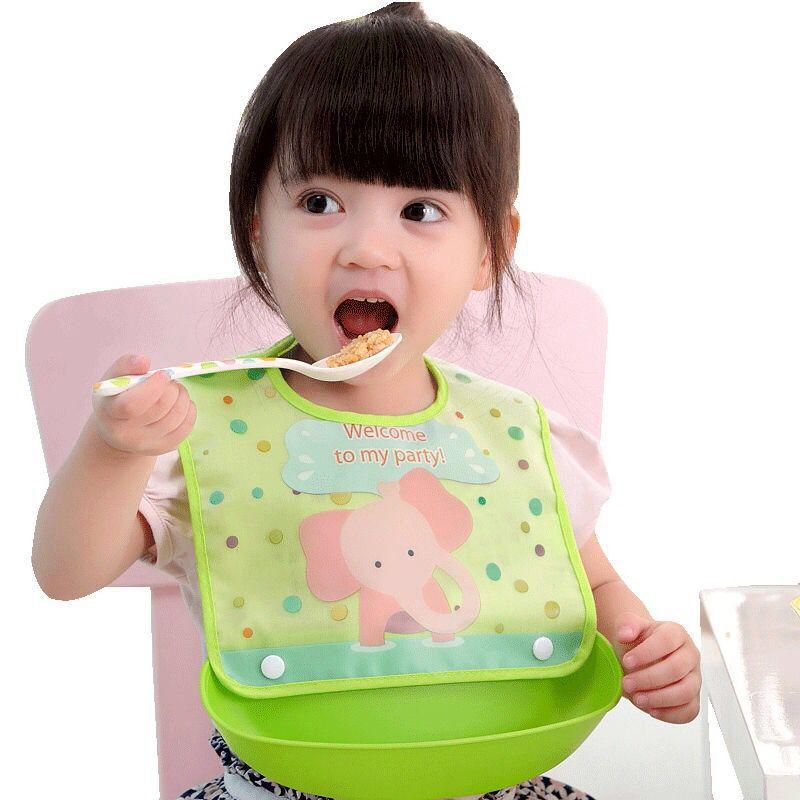Introduction
When it comes to keeping your little one clean and adorable, baby bibs for girls are a must-have accessory. From mealtime messes to teething drool, bibs play a crucial role in protecting your baby’s clothes while adding a touch of charm to her outfit. But with so many options on the market, how do you choose the best bibs for your baby girl? This comprehensive guide will walk you through everything you need to know!
Why Baby Bibs Are Essential for Girls
Bibs are not just accessories—they’re lifesavers! Whether your baby girl is a messy eater or a teething toddler, bibs shield her clothes from stains, saving you endless laundry. Additionally, they’re an affordable way to add flair to her outfits, with designs ranging from classic to trendy.
Benefits of Baby Bibs
- Protect Clothing: Keeps her wardrobe looking new by minimizing stains and wear.
- Comfort for Baby: Prevents irritation caused by wet or messy clothing.
- Convenience for Parents: Less laundry equals more time for cuddles and play.
- Fashion Statement: Modern bibs often double as stylish accessories.

Types of Baby Bibs for Girls
Not all bibs are created equal. Depending on your baby girl’s needs, you can choose from several types:
1. Drool Bibs
Perfect for teething babies, drool bibs are lightweight and absorbent, ensuring your little one stays dry all day.
- Material: Often made of cotton or muslin for comfort.
- Best For: Babies between 3-12 months.
- Tip: Look for bibs with adjustable snaps for a perfect fit as your baby grows.
2. Feeding Bibs
For messy meals, these bibs are larger and often waterproof to handle spills and stains.
- Material: Silicone, plastic, or laminated fabric for easy cleaning.
- Best For: Babies 6 months and older during mealtime adventures.
- Tip: Pocketed feeding bibs catch crumbs and food bits, reducing cleanup time.
3. Bandana Bibs
These bibs are both functional and fashionable, ideal for outings and photoshoots.
- Material: Soft cotton with cute patterns or embroidery.
- Best For: Babies of all ages as a stylish accessory.
- Tip: Choose neutral or pastel colors for versatile pairing with outfits.
4. Long-Sleeve Bibs
A full-coverage option for arts, crafts, or particularly messy eaters.
- Material: Waterproof materials like polyester or nylon.
- Best For: Toddlers learning to self-feed.
- Tip: Ensure the sleeves are elasticated for a snug fit.
Features to Look for in Baby Bibs for Girls
When shopping for bibs, consider these key features to find the best match for your little girl’s needs.
1. Material Quality
Opt for soft, breathable fabrics like organic cotton for drool bibs and easy-to-clean materials like silicone for feeding bibs.
2. Adjustable Closures
Snaps or Velcro ensure a secure fit without irritating your baby’s delicate skin.
3. Waterproof Layers
A waterproof backing is essential for keeping your baby dry during meals or teething phases.
4. Cute and Stylish Designs
From florals to animal prints, the design adds personality to your baby girl’s outfit.
5. Easy Maintenance
Machine-washable bibs save you time and effort, keeping them fresh and clean.
Top 5 Baby Bibs for Girls in 2024
Here’s a curated list of the best bibs for baby girls, combining functionality with fashion.
1. Aden + Anais Classic Bandana Bibs
- Highlights: Soft muslin material, chic designs.
- Why Parents Love It: Perfect for drooling and accessorizing.
2. Bumkins SuperBib
- Highlights: Waterproof, lightweight, and wipe-clean.
- Why Parents Love It: Large coverage area, perfect for messy eaters.
3. Green Sprouts Stay-Dry Bibs
- Highlights: Absorbent cotton layers with waterproof backing.
- Why Parents Love It: Affordable and durable for everyday use.
4. Loulou Lollipop Silicone Bibs
- Highlights: Deep food-catching pocket, eco-friendly silicone.
- Why Parents Love It: Easy to clean and stylish.
5. Tiny Twinkle Mess-Proof Bibs
- Highlights: Full-coverage design with adjustable closures.
- Why Parents Love It: Ideal for messy toddlers and creative activities.
How to Care for Baby Bibs
Proper care extends the life of your baby’s bibs while keeping them hygienic.
Washing Instructions
- Cotton Bibs: Machine wash with baby-safe detergent; tumble dry on low.
- Silicone Bibs: Handwash with mild soap or toss in the dishwasher.
- Waterproof Bibs: Wipe clean or machine wash as directed by the manufacturer.
Stain Removal Tips
- Treat stains promptly with mild stain removers.
- Avoid harsh chemicals that can irritate your baby’s skin.
- Sun-dry bibs to naturally bleach away stubborn stains.
Creative Uses for Baby Bibs Beyond Mealtime
Bibs aren’t just for eating! Use them as drool catchers, mini aprons for crafts, or accessories for themed photoshoots. With a little creativity, they can serve multiple purposes.
Where to Buy the Best Baby Bibs for Girls
Explore these trusted retailers for a wide range of bibs:
- Amazon: Great for variety and fast delivery.
- Etsy: Unique, handmade designs for special occasions.
- Target/Walmart: Budget-friendly options.
- Specialty Baby Stores: High-quality organic or designer bibs.
Conclusion
Choosing the right baby bibs for girls doesn’t have to be overwhelming. With so many adorable and practical options available, you can easily find bibs that suit your little one’s needs and style. Whether you’re gearing up for mealtime battles or keeping your baby dry during teething, investing in high-quality bibs is a decision you won’t regret.
FAQs
1. What’s the best material for baby bibs?
Soft, breathable fabrics like organic cotton are great for drool bibs, while silicone or waterproof fabrics work well for feeding.
2. How many bibs does a baby need?
You’ll need 8-10 bibs for daily use, including drool and feeding bibs.
3. Are bibs safe for newborns?
Yes, but ensure they are lightweight and fit snugly without restricting movement.
4. Can bibs prevent rashes?
Yes, bibs keep your baby’s clothes dry, reducing the risk of rashes caused by wet fabric.
5. How often should I replace baby bibs?
Replace bibs once they show signs of wear or lose their absorbency.

